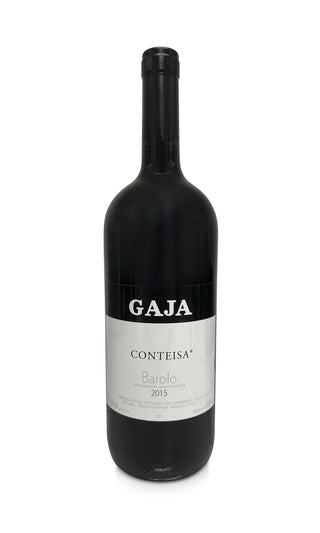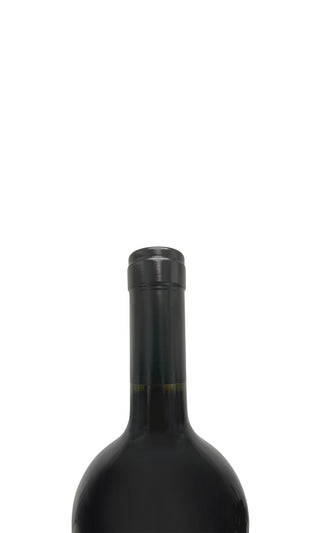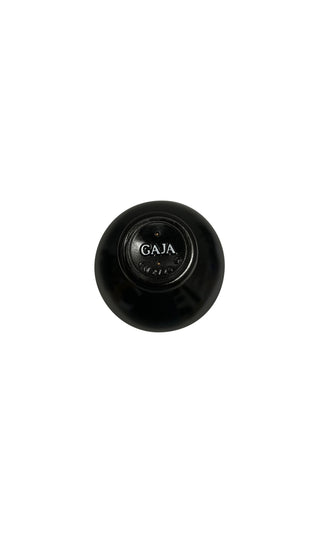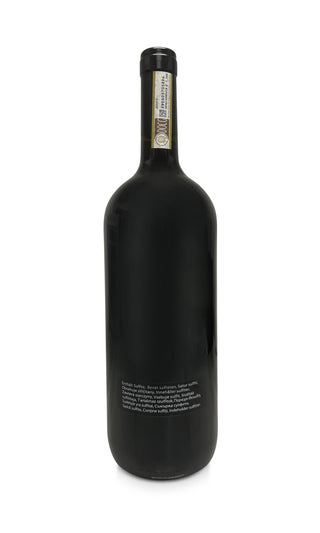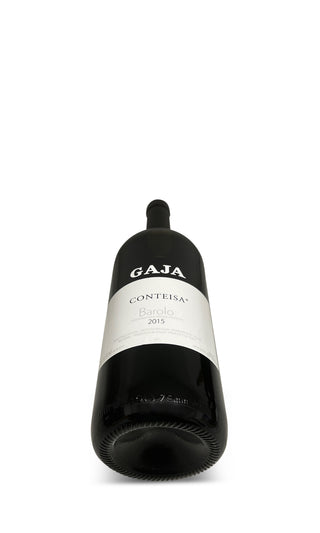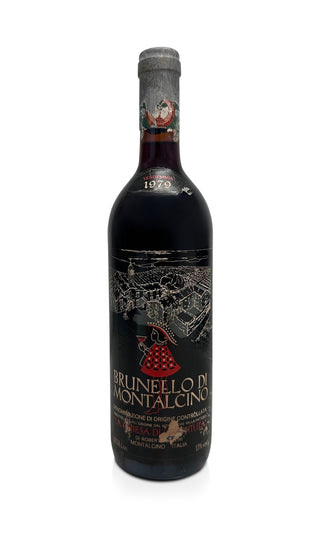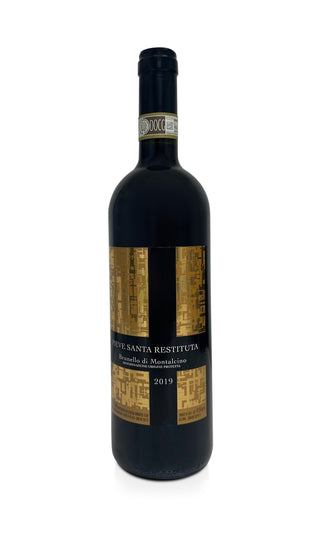Parker about Conteisa Barolo Magnum 2015
The large shoulders of this warm 2015 vintage contrast sharply with the delicate nuances of the 2016 Barbarescos also released now from Gaja. The 2015 Barolo Conteisa is intense, with a background chorus of plum, prune, herb, mint and wild cherry. It's a very balanced Barolo. The Cerequio vineyard that provides this fruit often suffers from hail damage because the vineyard is located along the corridor of bad weather that comes over the hill from La Morra. There was some damage in mid-August, but fruit in the 2016 vintage suffered much more extensively in comparison. In fact, so little fruit was saved that Gaia Gaja is pretty sure this wine will not be produced next vintage. She tells me that they are now experimenting with anti-hail netting at this site—an eyesore they had long hoped to avoid.
Description
| Land | Italy |
| Region | Piedmont |
| Rebsorten | Nebbiolo 100% |
| Alkoholgehalt | 14.50% |
| Füllstand | high fill |
| Verschlußart | cork stopper |
| Kennzeichnung | Contains sulphites |
| Farbe | Red |
| Inverkehrbringer | Angelo Gaja, Via Torino 5 - 12050 Barbaresco Italia |
| Charakter | Dry |
| Servierempfehlung | Decant at 16-18°C |
| Trinkempfehlung | 2025 - 2050 |
| Parker Punkte | 96 |
| Jahrgang | 2015 |
Piedmont, Italy 🇮🇹
Goes well with

Conteisa Barolo Magnum 2015

Angelo Gaja Barolo Conteisa
Angelo Gaja’s Barolo Conteisa comes from the top Cerequio vineyard in La Morra.
This is the delicate and elegant Barolo from Gaja's portfolio. The wine captivates with its floral and expressive character and is the perfect companion to the massive and masculine Barolo Sperss.
Angelo Gaja
Information about the winemaker:
The family winery is now one of the best known in Italy and can look back on a centuries-old history. The success story of owner Angelo Gaja began in the 17th century when the family emigrated from Spain to Italy. In 1859, a member of the family, a grape producer in Barbaresco, laid the foundation for the current company by opening a tavern, which also served their own wines. The wines were already so popular at the end of the 19th century that they were supplied to the Italian army, among others. Already in the second generation of the family, an unusually high value was placed on quality, with the aim of retaining a predominantly upscale clientele.
Learn more
